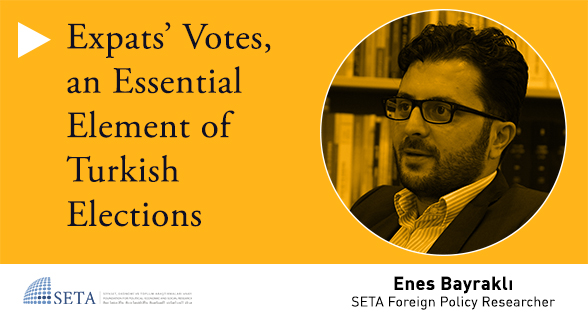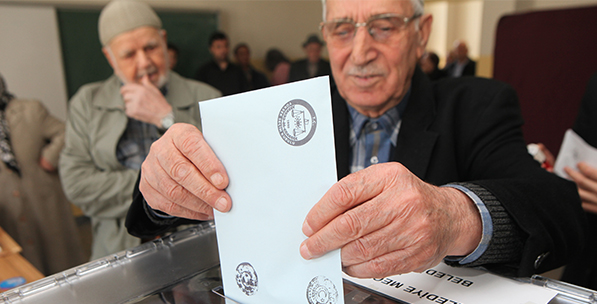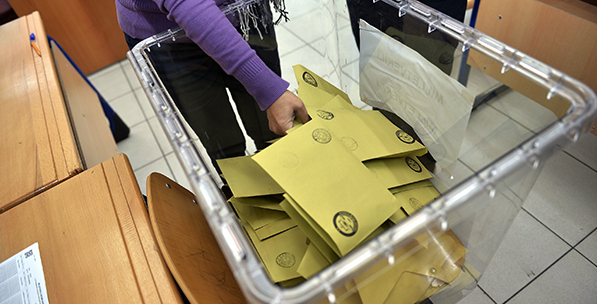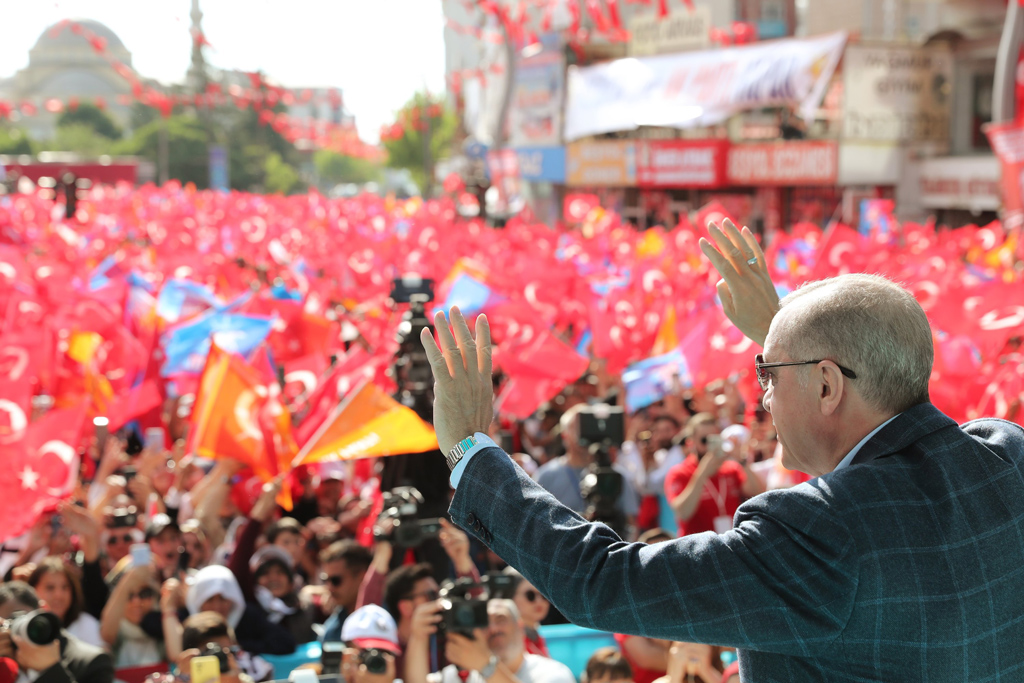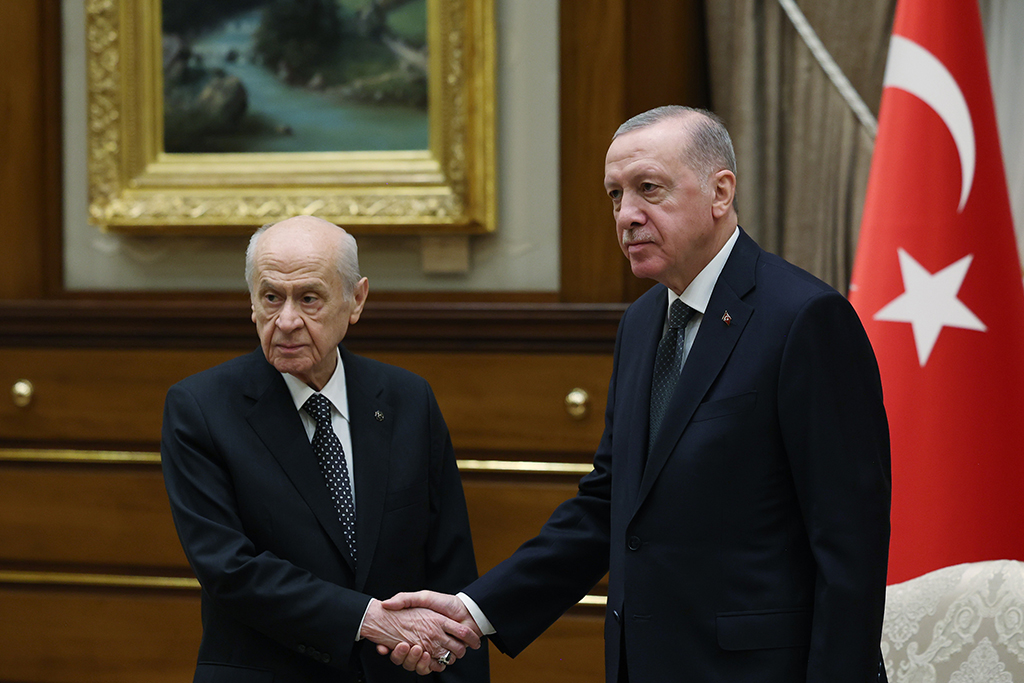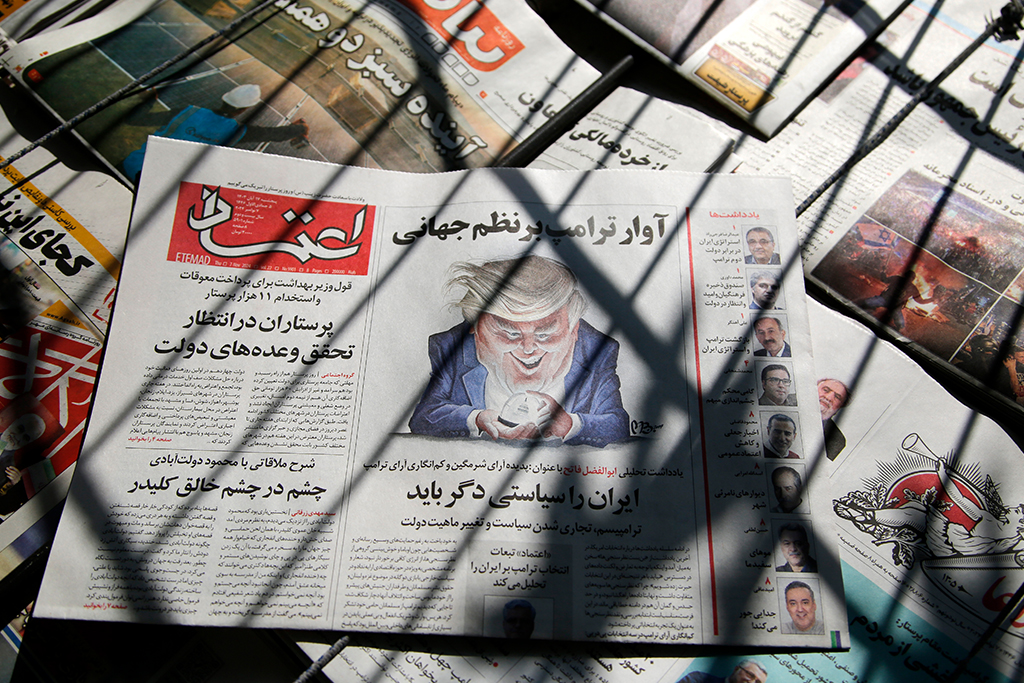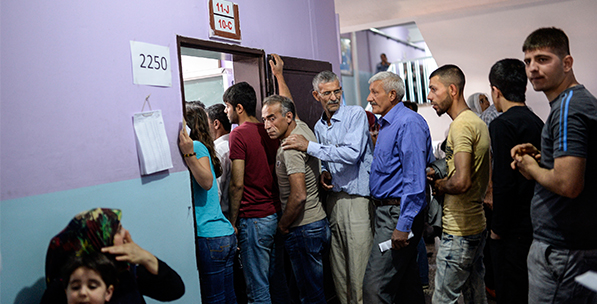
Post-election Economic Scenarios
It is very likely that in the political history of Turkish democracy, the June 7, 2015, general elections will be described as a watershed that produced a more fragmented, finely balanced and patchwork framework following a decade of uninterrupted single party governments.
Share
It is very likely that in the political history of Turkish democracy, the June 7, 2015, general elections will be described as a watershed that produced a more fragmented, finely balanced and patchwork framework following a decade of uninterrupted single party governments. We defined this state of affairs as "the new normal in Turkish politics" in a previous DS column. As a novel development, Turkish public opinion has been completely overwhelmed by endless discussions in recent weeks surrounding potential coalition scenarios, mutual salvos of political leaders, rumors about inter-party collusion for the election of the speaker of Parliament and a prospective run for early elections. These were the long-forgotten features of the rather tough and conflictual realm of domestic politics that led the country into cycles of political stability, economic chaos and interruption of the democratic order in the past. Therefore, the collective memory of the nation, which is wrought by the legacies of parliamentary infighting, is gradually revitalizing its reflexes to see a relatively speedy return to political stability, which was accepted as the norm in the first decade of the 2000s, enabling sustained socio-economic development.
As political discussions, mutual accusations and shallow wrangling continue to dominate the political scene, none of the major actors have had a chance to concentrate on contemplating the future trajectory of macroeconomic policymaking. But when the dust settles and a coalition government is formed -- most probably with the AK Party as the major partner - the focus of public policymaking will again shift to measures that need to be taken urgently to increase growth momentum in the economy. Domestic market actors, experts, international observers and investors are expecting that to happen sooner rather than later. Needless to say, the expected rate hikes by the FED in the autumn are likely to trigger further pressure on the exchange rate policy and stimulate an outflow of portfolio investors, thereby increasing Turkey's needs for vital liquidity to finance the current account deficit in line with emerging markets with similar fundamentals. That is to say, the first agenda item on the desk of the new coalition government will be measures designed to spur economic growth, which was hovering around 3 percent last year in an environment of shrinking global liquidity and falling levels of foreign direct investment. But the critical question will center on the issue of executing a growth-augmenting program without damaging fiscal discipline and macroeconomic prudence that were institutionalized under successive AK Party governments. After all, the hallmark of successive governments was macroeconomic prudence and fiscal stability on the one hand, and large levels of investment into public services such as education, health and transport-telecommunications infrastructure on the other. Now, depending on potential coalition scenarios, maintaining the investment impetus in those areas, while observing fiscal discipline will be a real challenge for the new government, which incidentally could include the AK Party as the larger partner with considerable implementation expertise.
More importantly, Turkey's economy was on the verge of a comprehensive structural transformation on the eve of the elections from the development model based on major levels of infrastructure investment, the expansion of retail and service sectors and domestic consumption spurred by inflows of international capital and flexible domestic credit arrangements. The major policy goal outlined by the last AK Party government in the context of 25 structural transformation programs and the Five Year Development Plan was to accomplish a gradual transition to a revised framework based upon modernization of agricultural, industrial, knowledge-based and high-technology sectors in order to increase the national capacity for high value-added production. Establishing a more export-oriented and updated manufacturing production base through a
Tags »
Related Articles
